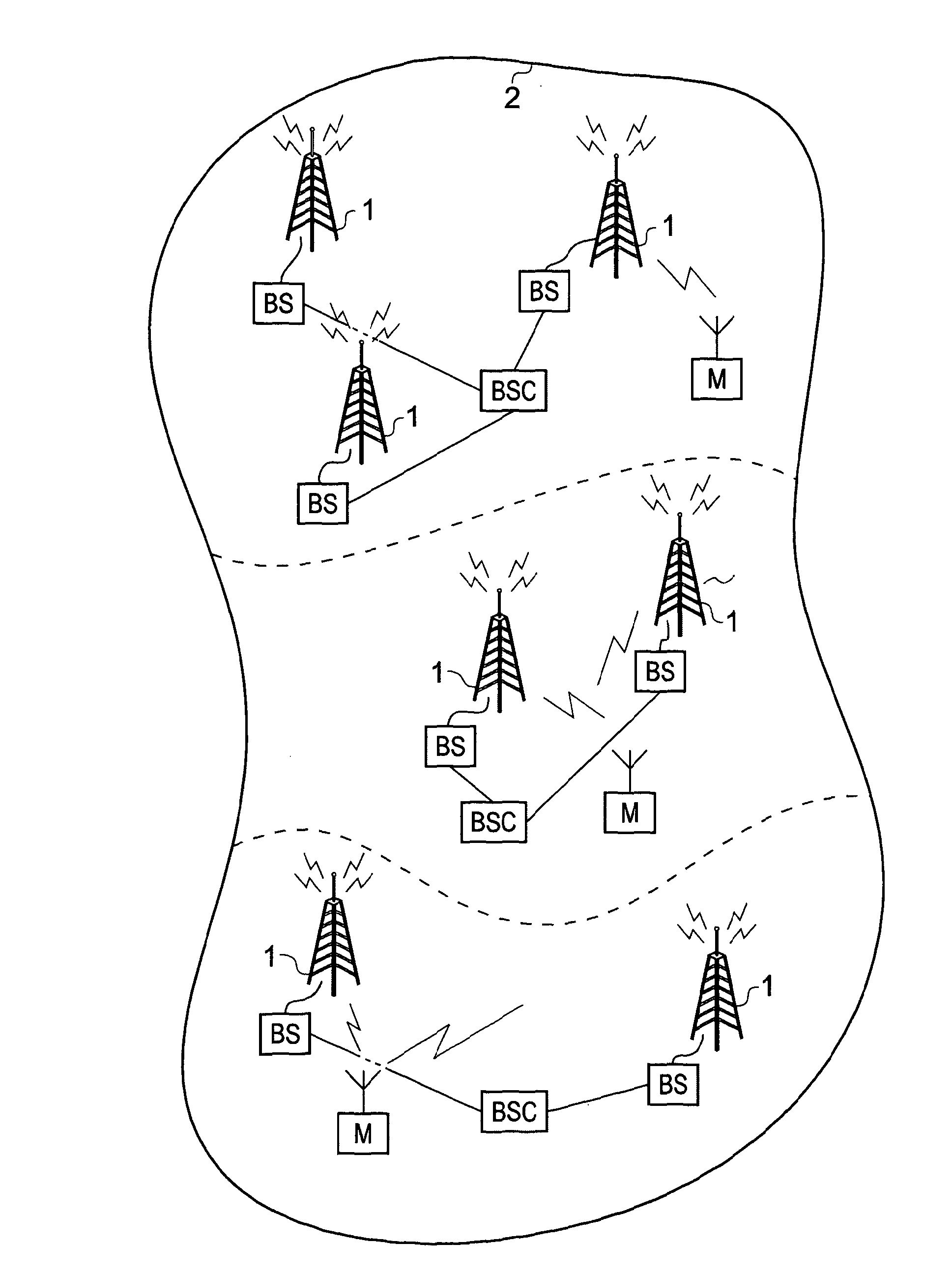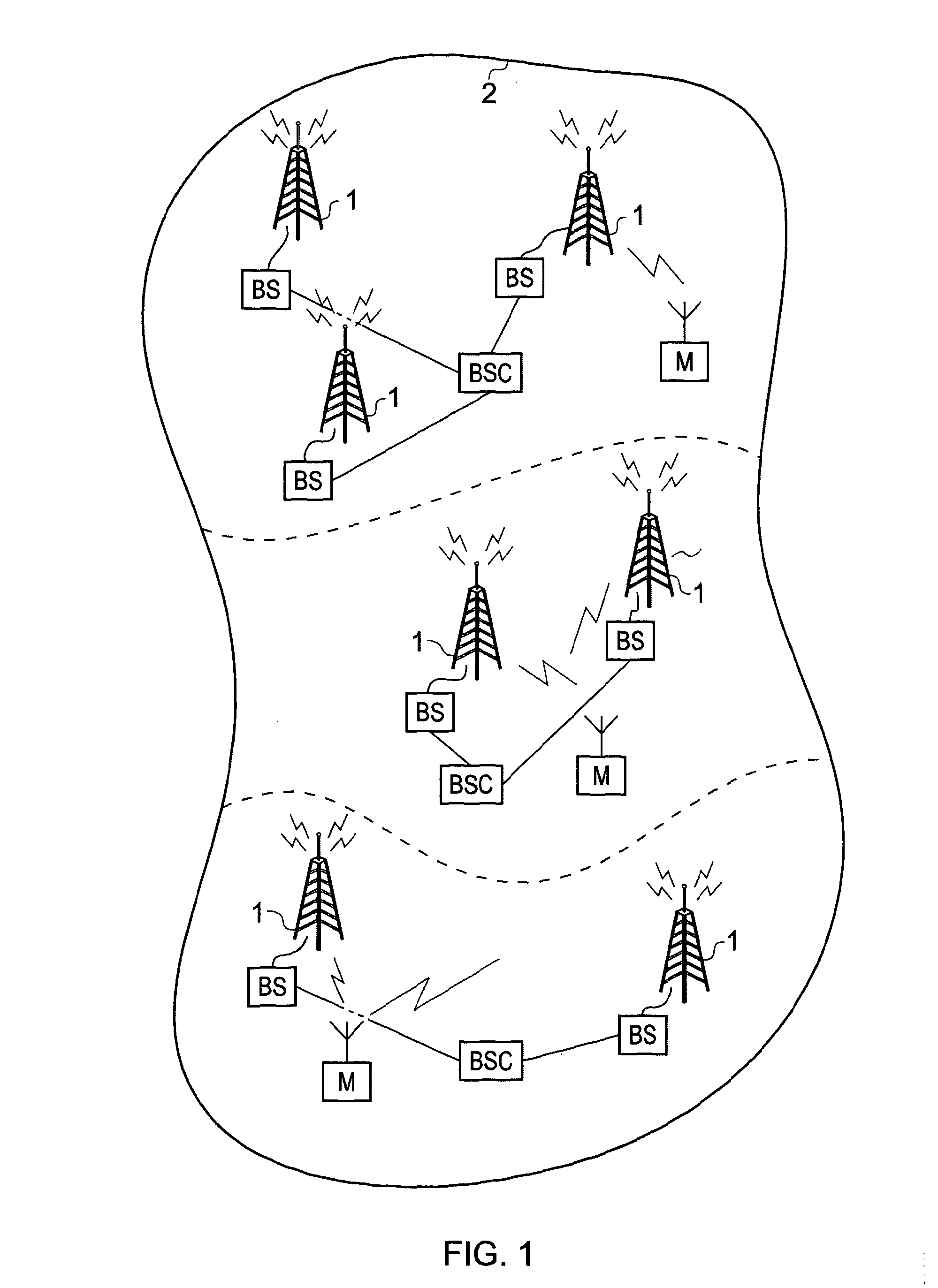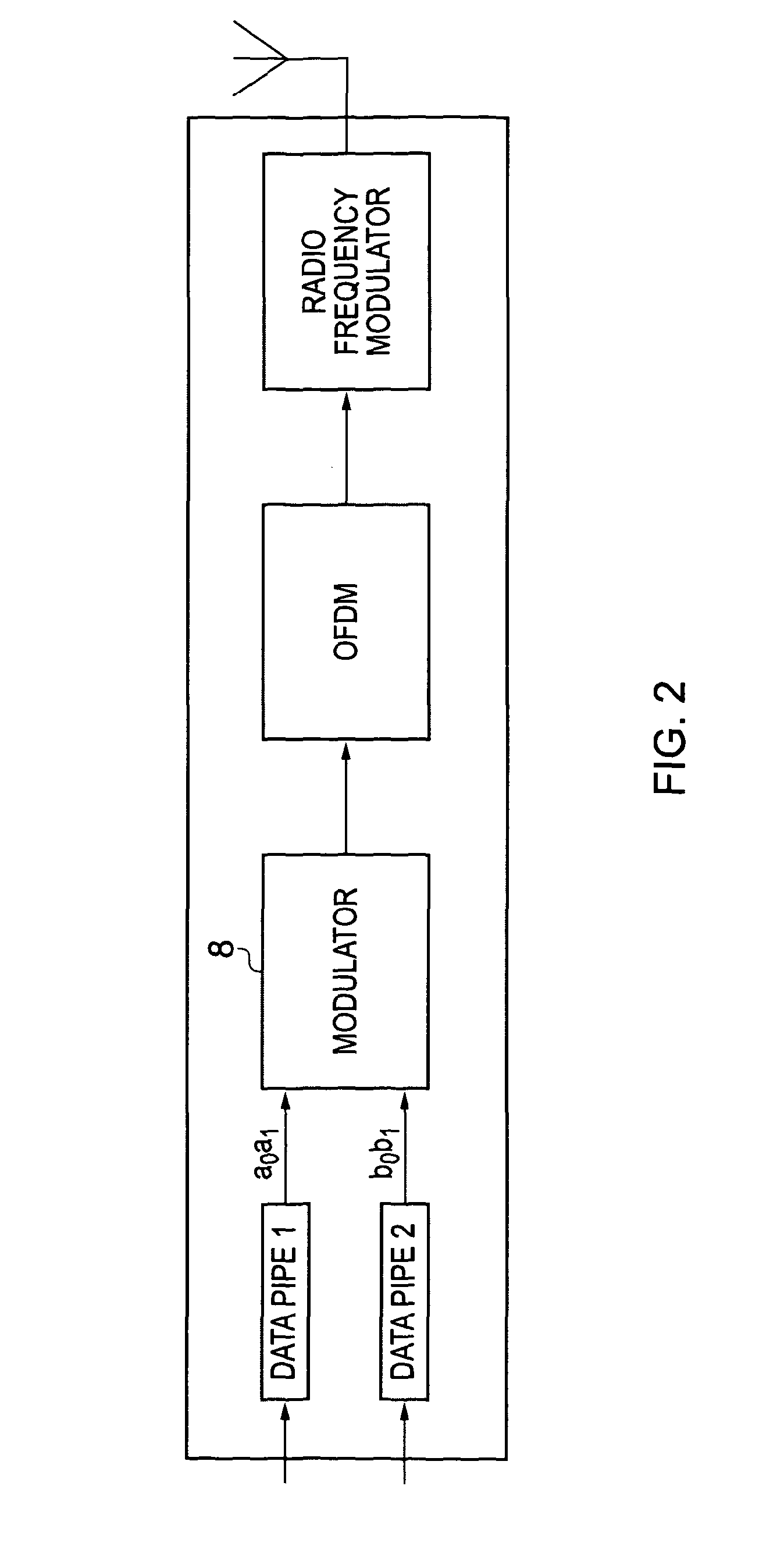Multi-level modulation system and method
a multi-level modulation and multi-level technology, applied in the field of transmitters, can solve problems such as disadvantages and technical problems of single frequency networks, and achieve the effects of low signal to noise ratio, effective and efficient way of inserting local content, and easy recovery
- Summary
- Abstract
- Description
- Claims
- Application Information
AI Technical Summary
Benefits of technology
Problems solved by technology
Method used
Image
Examples
Embodiment Construction
[0047]As set out above embodiments of the present invention seek to provide, in one application, an arrangement in which local content can be transmitted within a single frequency network whilst allowing other parts of the network still to receive a primary broadcast signal. One example illustration is where local content is required to be broadcast contemporaneously with a national broadcast television programme.
[0048]FIG. 1 provides an example illustration of a network of base stations BS which are transmitting, via transmit antennas 1, a signal in accordance with a commonly modulated OFDM signal. The base stations BS are disposed throughout a geographical area within a boundary 2, which may be, in one example, a national boundary. As explained above in a single frequency network configuration the base stations BS are all broadcasting the same OFDM signal at the same time on the same frequency. Mobile devices M may receive the OFDM signal from any of the base stations. More partic...
PUM
 Login to View More
Login to View More Abstract
Description
Claims
Application Information
 Login to View More
Login to View More - R&D
- Intellectual Property
- Life Sciences
- Materials
- Tech Scout
- Unparalleled Data Quality
- Higher Quality Content
- 60% Fewer Hallucinations
Browse by: Latest US Patents, China's latest patents, Technical Efficacy Thesaurus, Application Domain, Technology Topic, Popular Technical Reports.
© 2025 PatSnap. All rights reserved.Legal|Privacy policy|Modern Slavery Act Transparency Statement|Sitemap|About US| Contact US: help@patsnap.com



